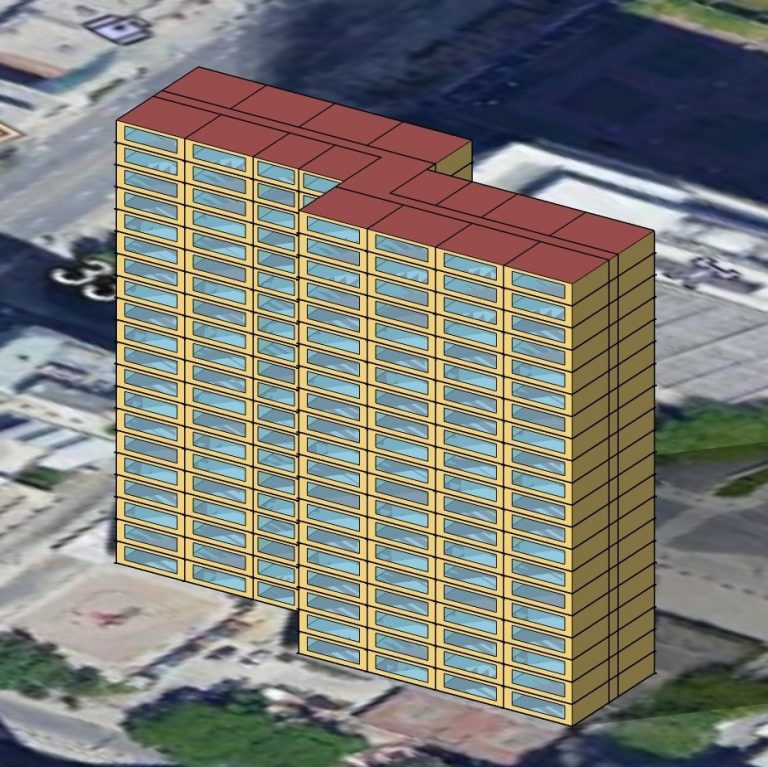Crowd-Sourced Control Strategy for Post-war Multi-Unit Residential Building Heating System Retrofits
This project investigates the use of a crowd-sourced HVAC control strategy for the retrofit of space heating systems in post-war multi-unit residential buildings (MURBs).
Status: Completed
Research themes: Energy and GHG emissions Health and comfort
Research areas: Building design and retrofits for performance improvement
Project Objective
Typically, post-war MURBs do not have in-suite temperature control and each suite must be retrofit with a thermostatic valve to provide this control to residents. However, at an estimated cost of $800 to $1,400 per valve, this strategy is cost-prohibitive for mass adoption. To alleviate this issue, a crowd-sourced control strategy that allows occupants to use smartphones, or similar devices, to vote if they are too warm or too cold is being investigated. This approach allows for suite control to be grouped, thereby reducing the number of valves required for the retrofit, and cost of the retrofit. This project investigates the use of a crowd-sourced HVAC control strategy for the retrofit of space heating systems in post-war multi-unit residential buildings (MURBs).
Approach
Field data was collected from a case study building in Toronto, Canada, which was used to develop and validate a 320-suite EnergyPlus simulation model, then a variety of suite grouping options, including groups by exposure direction, suite floorplan, and by combining floors, were tested to determine an optimized design. Using this model, the energy consumption and temperature profiles throughout the building were determined.
Findings
Combined with a payback analysis, the results show that the optimal grouping strategy for the case study building occurred when five floors were combined in each group, and a North-South exposure split was also implemented. This strategy requires a total of eight control valves, and resulted in a 17% reduction in space heating energy consumption, an 82% reduction in overheating, and a payback period 3.3 years. These results compare favourably to the typical strategy of installing one valve per suite, which requires 320 control valves and resulted in a 26% reduction in space heating energy consumption, a 93% reduction in overheating, and a payback period 27 years. These findings demonstrate that using this novel control method can be an effective way of improving the performance of post-war MURBS.
Publications
Journal Publications
Fine, J., Touchie, M.F. “A grouped control strategy for the retrofit of post-war multi-unit residential building hydronic space heating systems,” Energy and Buildings, 208 (2020) pp.109604. doi: 10.1016/j.enbuild.2019.109604


